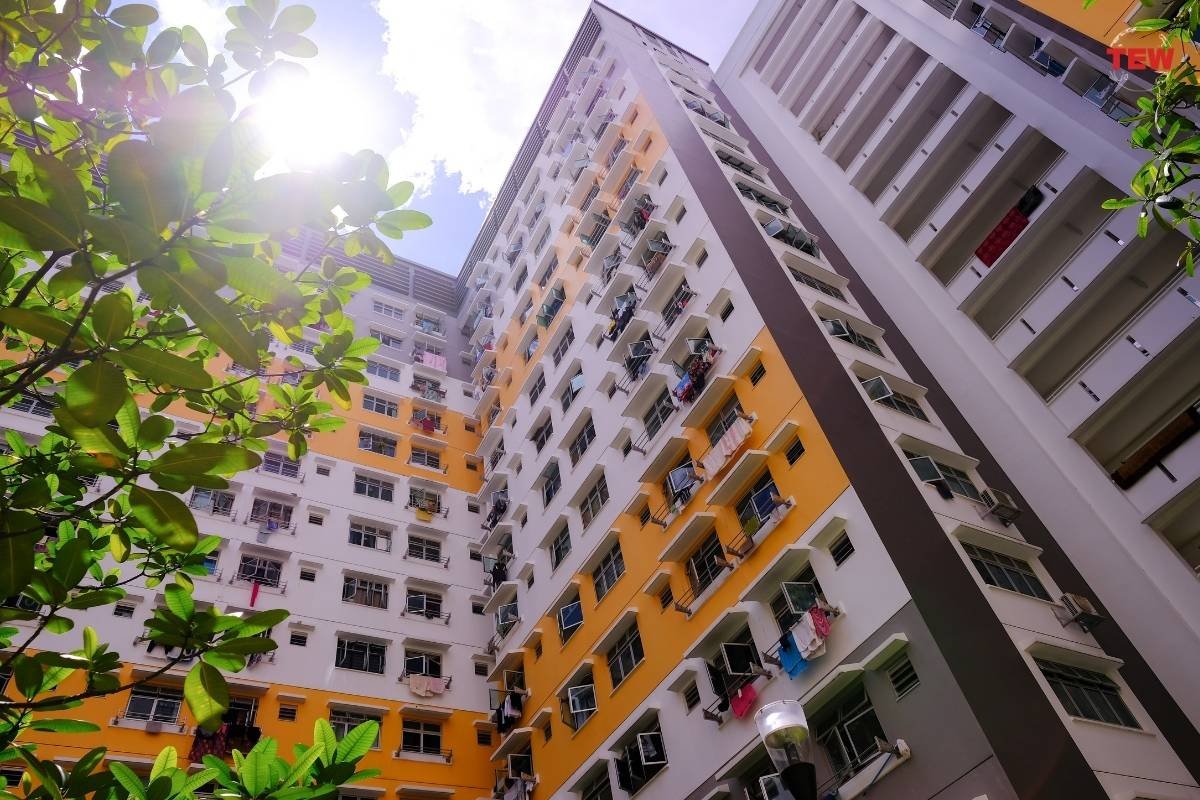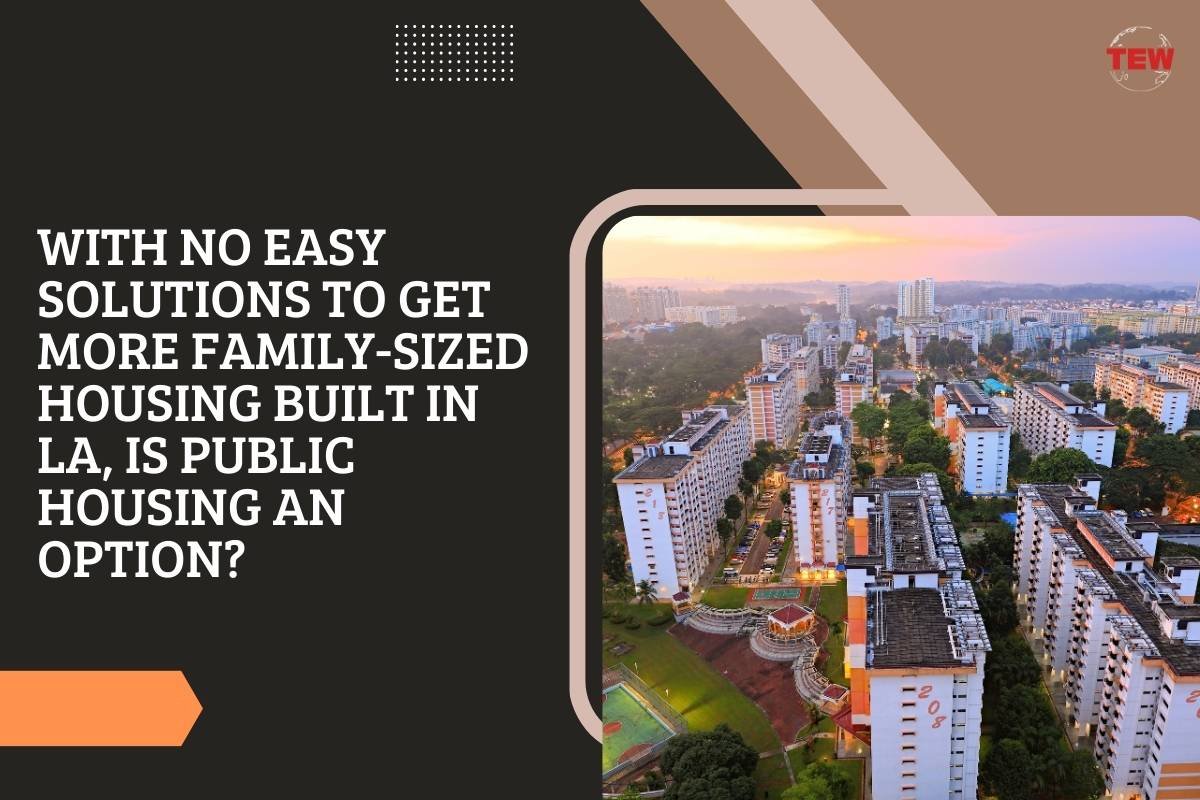Los Angeles is in the grip of an affordable housing crisis that’s making it increasingly difficult for families to find suitable places to live within the city limits. As rents continue their relentless climb, working and middle-class families are being priced out of the market or forced into overcrowded apartments never intended for multiple children. Despite efforts by city leaders to incentivize developers to build more family housing in LA, the supply remains woefully inadequate to meet demand.
At the heart of the issue is a stark disconnect between the types of housing units being constructed and the needs of families. Developers, driven by market forces, overwhelmingly favor smaller luxury apartments and condos that maximize returns. These compact units cater to single professionals or childless couples, leaving larger households in the lurch. Zoning regulations and community opposition further hamper the creation of high-density developments suitable for families.
Overcrowding and Its Consequences

The lack of affordable family housing has led to a crisis of overcrowding in many Los Angeles neighborhoods. According to census data, a staggering 17% of renter households in the city are classified as overcrowded, with more occupants than rooms. This situation was thrown into stark relief during the COVID-19 pandemic when overcrowded living conditions facilitated the rapid spread of the virus among families unable to effectively isolate.
In communities like Boyle Heights, where a third of households consist of four or more people, the overcrowding problem is particularly acute. A recent analysis found that 30% of homes in this largely Latino, working-class neighborhood are overcrowded, underscoring the urgent need for larger, reasonably priced apartments and homes. Amid this housing crunch, families are often left grappling with steep bills for renting an apartment that may be too small or located in an undesirable area.
Mandates vs. Incentives

As city officials grapple with the family housing shortage, discussions have centered around two primary approaches: mandating that developers include a certain percentage of larger units in new projects or offering incentives to encourage the voluntary construction of family-sized apartments.
Proponents of mandates argue that without firm requirements, the private market will continue to ignore the needs of families in favor of more lucrative small units. By setting minimum thresholds for the inclusion of two- and three-bedroom apartments, the thinking goes, the city can force developers to address the dearth of family housing in LA head-on.
However, critics warn that overly stringent mandates could backfire, deterring developers from pursuing affordable housing projects altogether. If the financial incentives aren’t there, some experts fear, builders may simply choose to focus their efforts elsewhere, exacerbating the housing crunch rather than alleviating it.
The Case for Public Housing
As the debate rages over how to compel or entice the private sector to meet the demand for family-sized housing, a growing chorus of voices is calling for a revival of public housing – direct government involvement in the construction and management of affordable residential units for families.
Proponents point to the historical role public housing has played in providing decent, low-cost homes for families despite well-documented issues like concentrated poverty and deferred maintenance that have plagued the system over the years. With proper funding and oversight, they argue, a modern public housing program could create stable, integrated communities with on-site services tailored to families’ needs, such as childcare facilities and after-school programs.
Critics, however, raise concerns about the potential for mismanagement and long-term costs associated with a large-scale public housing system. There are also valid questions about how to prevent public housing from becoming isolated and stigmatized, as has occurred in some cities with a history of neglect and concentrated poverty in government-run developments.
A Multifaceted Approach

Addressing the family housing in LA will likely require a multipronged strategy that combines incentives for private development, zoning reforms, strategic public housing investment, and creative solutions from families themselves.
For instance, the city could explore public-private partnerships to develop mixed-income communities that integrate public housing units with market-rate and affordable rentals. This approach could leverage private capital to offset construction costs while promoting socioeconomic integration.
Regulatory changes, such as streamlining permitting processes or granting density bonuses, could also incentivize developers to incorporate more family-sized units into their projects. Meanwhile, revisions to outdated fire safety codes could free up space for additional bedrooms in new apartment buildings.
Ultimately, addressing family housing in LA shortage will require sustained collaboration among policymakers, developers, community stakeholders, and families themselves. While public housing may not be a panacea, it could play a crucial role as part of a broader strategy to ensure that households of all sizes and income levels have access to quality, affordable homes in thriving neighborhoods across the city.
Also Read: Choosing the Right Housing Loan: What to Consider?






